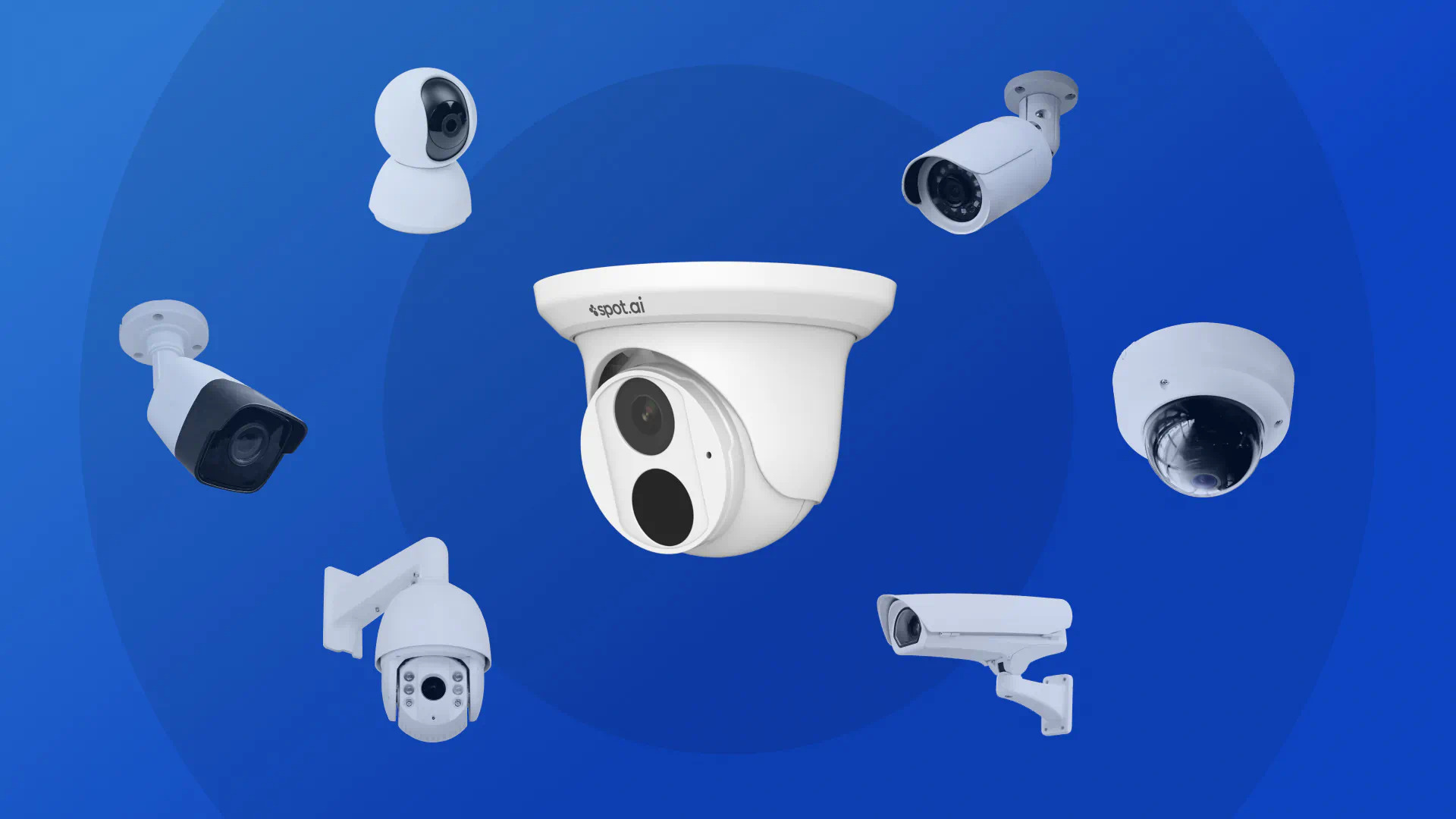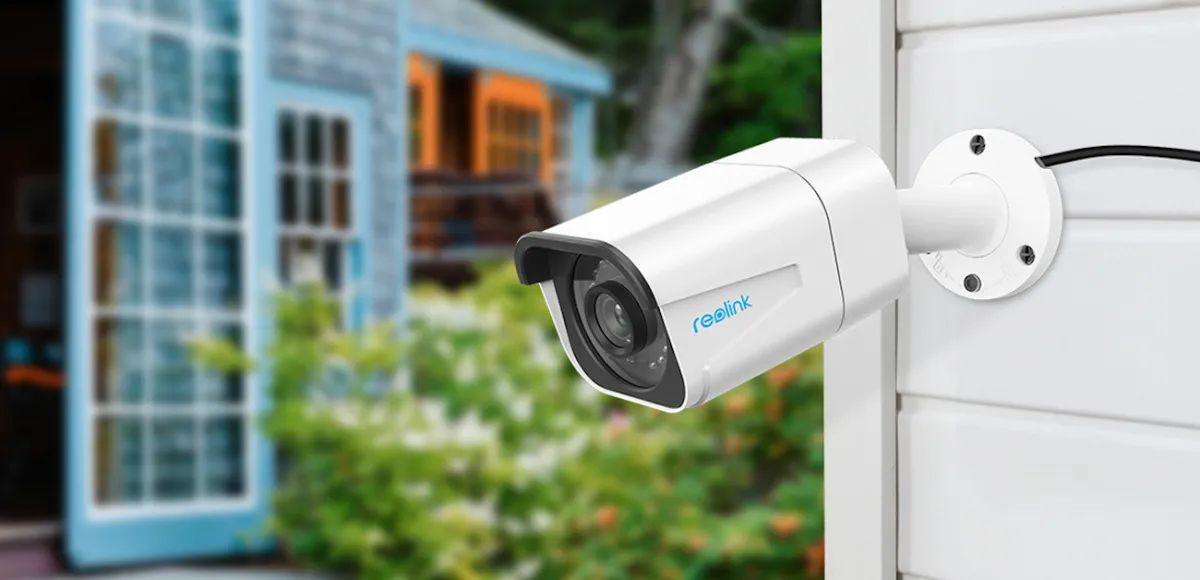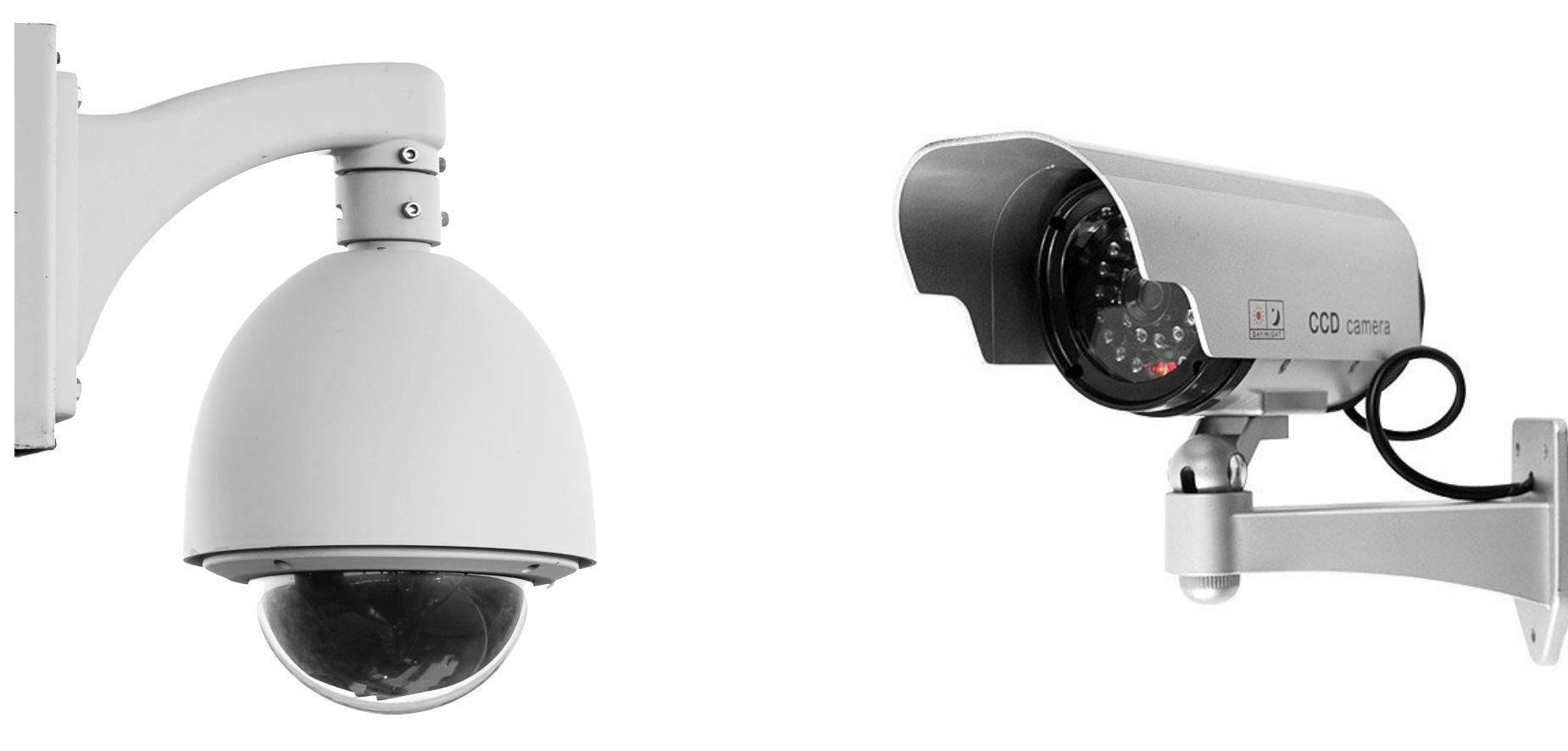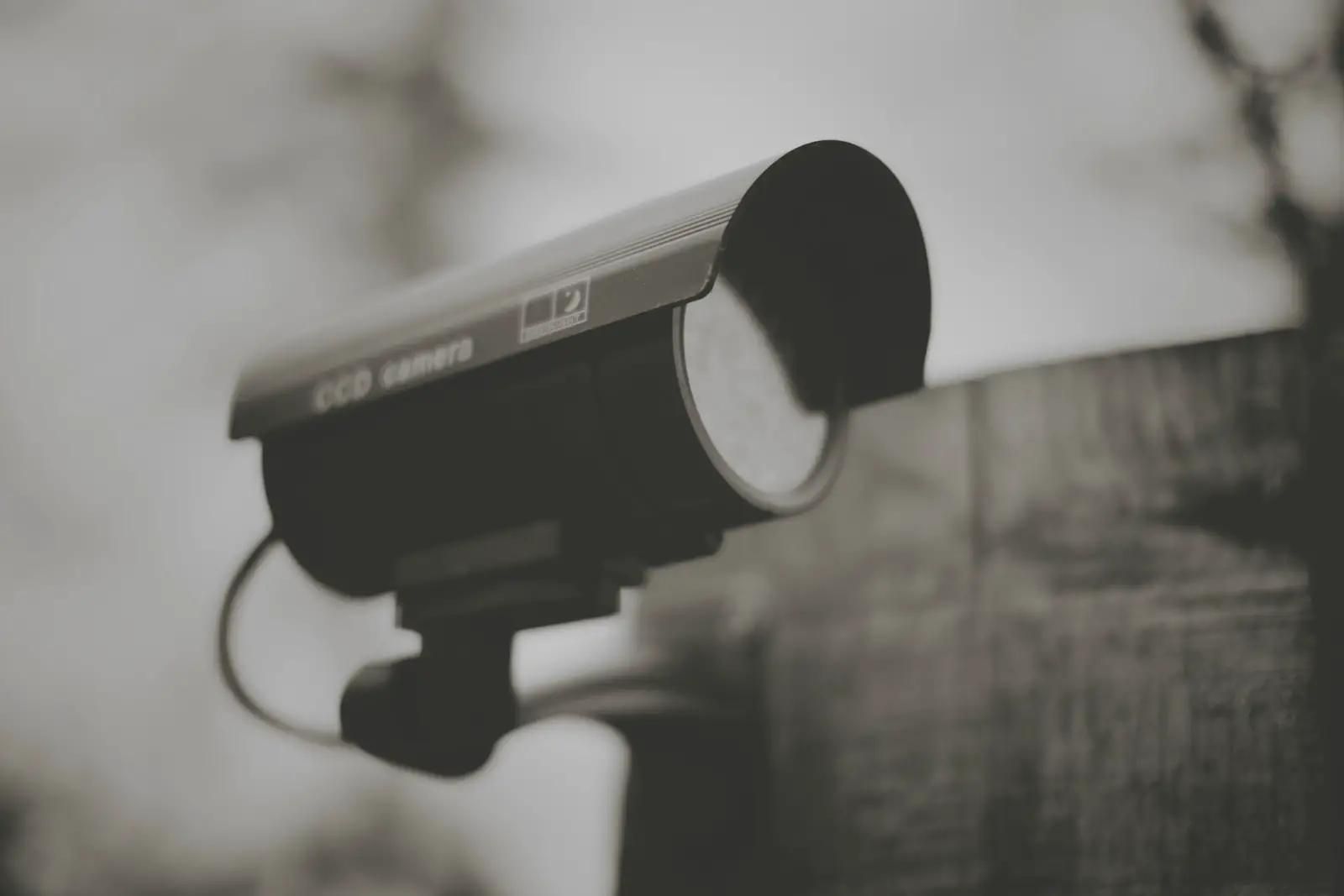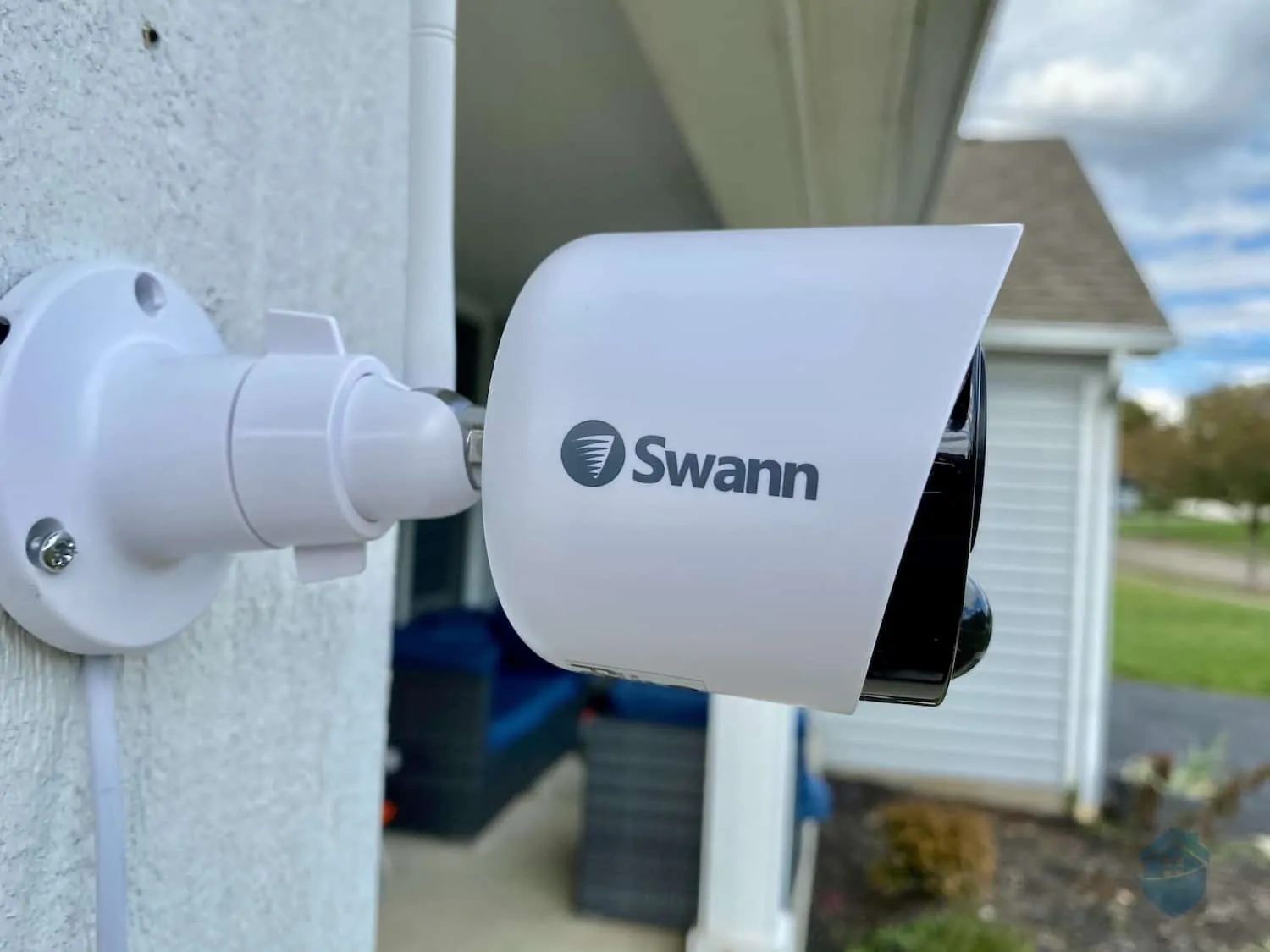Home>Home Security and Surveillance>How To Play Security Camera Files


Home Security and Surveillance
How To Play Security Camera Files
Modified: March 6, 2024
Learn how to play security camera files and view footage from your home security and surveillance system. Take control of your video recordings and easily access important moments.
(Many of the links in this article redirect to a specific reviewed product. Your purchase of these products through affiliate links helps to generate commission for Storables.com, at no extra cost. Learn more)
Introduction
Home security and surveillance systems have become increasingly popular as people strive to protect their homes and loved ones. These systems often come equipped with security cameras that capture footage of various activities in and around the premises.
However, once the security camera files are captured, many people are unsure of how to play them. This article aims to provide a comprehensive guide on how to play security camera files, helping you to make the most out of your surveillance system.
By understanding the different types of security camera files, the common file formats they come in, and following a step-by-step guide, you’ll be able to view and analyze the recorded footage with ease.
Whether you’re a homeowner looking to review past events, a business owner monitoring your establishment, or just curious about playing security camera files, this article is here to assist you along the way.
So, let’s dive in and gain a better understanding of security camera files!
Key Takeaways:
- Understanding Security Camera Files
Security camera files are digital recordings of surveillance footage, stored in image-based or video-based formats. They are essential for reviewing past incidents and enhancing security efforts. - Playing Security Camera Files
To play security camera files, identify the file type, check the format, and use the appropriate software. Troubleshooting tips can help overcome playback issues for a seamless viewing experience.
Understanding Security Camera Files
Before we delve into playing security camera files, it is important to have a solid understanding of what they are and how they work. Security camera files are digital recordings of surveillance footage captured by security cameras. These files contain a sequence of images or videos that can be accessed and viewed later.
Security camera files are typically stored on a hard drive or a network video recorder (NVR) connected to the camera system. They are created by the camera system’s software, which encodes the footage and saves it in a specific file format.
The purpose of these files goes beyond just capturing events in real-time. They serve as a valuable resource for reviewing past incidents, identifying potential security threats, and providing evidence in the event of a crime. By understanding how security camera files work, you can harness the power of your surveillance system to enhance your security efforts.
Security camera files are comprised of frames or video footage, captured at a certain resolution and frame rate. The quality of the files depends on the camera’s capabilities and the settings configured in the camera system. Higher resolution and frame rate settings generally result in clearer and smoother footage, but they also require more storage space.
It’s important to note that security camera files are not always accessible through standard media players or video editing software. Specific tools or software may be required to play these files, which will be discussed later in this article.
Now that you have a basic understanding of security camera files, let’s explore the different types of files you may encounter when playing back surveillance footage.
Types of Security Camera Files
When it comes to security camera files, there are two main types: image-based files and video-based files. Understanding the differences between these types will help you choose the appropriate method for playing them back.
1. Image-based Files: These files consist of individual images captured by the security cameras at specific intervals. Each image represents a snapshot of the scene at a particular moment in time. Image-based files are commonly used in situations where real-time video playback is not required, such as capturing snapshots of activity or monitoring specific areas. Examples of image-based file formats include JPEG and PNG.
2. Video-based Files: Video-based files, on the other hand, provide a continuous stream of footage captured by the security cameras. These files are recorded at a specific frame rate and contain a series of frames that create the illusion of motion when played back. Video-based files are the primary format for storing and reviewing surveillance footage. Examples of video-based file formats include AVI, MP4, and MOV.
Both image-based and video-based files have their advantages and use cases. Image-based files are ideal for capturing still shots or moments of interest, while video-based files offer a more comprehensive view of events in motion. Depending on the requirements of your surveillance needs, you may encounter one or both types of files when accessing your security camera footage.
It’s worth noting that some security camera systems may offer options to switch between image-based and video-based recording modes. This flexibility allows you to adapt to different scenarios and optimize storage space.
Now that we’ve covered the types of security camera files, let’s take a look at the common file formats you’re likely to encounter when playing back your surveillance footage.
Common File Formats
When playing security camera files, it’s important to be familiar with the common file formats that are used in the surveillance industry. Understanding these formats will ensure that you have the necessary software or tools to play back the footage seamlessly.
1. AVI (Audio Video Interleave): AVI is one of the oldest and most widely used video file formats. It was developed by Microsoft and supports both audio and video streams. AVI files are compatible with a variety of media players and can be easily played back on Windows, Mac, and Linux operating systems.
2. MP4 (MPEG-4 Part 14): MP4 is a highly versatile file format used for storing video and audio streams. It offers high-quality compression while maintaining a relatively small file size. MP4 files are widely supported across different platforms and devices. You can play MP4 files using popular media players and video editing software.
3. MOV (QuickTime Movie): MOV is a file format developed by Apple and is commonly used for storing video, audio, and even text tracks. MOV files are widely supported on macOS and can be played back using QuickTime Player or other compatible media players on various platforms.
4. H.264: H.264, also known as Advanced Video Coding (AVC), is a popular video compression format used in security camera systems. It provides high-quality video encoding while reducing file size. H.264 files can be played back using compatible media players, video editing software, or dedicated surveillance playback software.
5. Other Formats: Depending on the camera manufacturer and the software used, you may also come across other file formats such as FLV, WMV, or ASF. These formats may require specific playback software or conversion tools to be viewed properly.
It’s important to note that some security camera systems may use proprietary file formats that require specialized software provided by the manufacturer. Always check the documentation or support resources for your specific camera system to determine the appropriate software or tools for playing back the files.
Now that you have a good understanding of the common file formats, let’s move on to the step-by-step guide for playing security camera files.
When playing security camera files, make sure to use a compatible media player that supports the file format. If the file is in a proprietary format, check if the camera manufacturer provides a specific player for it.
Step-by-Step Guide: Playing Security Camera Files
Playing security camera files may seem intimidating at first, but with a step-by-step guide, you’ll be able to navigate through the process easily. Follow these steps to ensure a smooth playback experience:
- Identify the type of security camera file: Determine whether the file you’re trying to play is image-based or video-based. This will help you select the appropriate software or tool for playback.
- Check the file format: Verify the file format of the security camera file. Refer to the previous section to identify the common file formats and ensure you have the necessary software or tools to play back the file.
- Install the required software: If you don’t have the appropriate software already installed on your computer, download and install the recommended media player, video editing software, or surveillance playback software mentioned for the specific file format.
- Open the file: Once you have the necessary software installed, open the file by double-clicking on it or using the software’s “Open” or “Import” function. The file should start playing automatically if it is compatible with the software.
- Use playback controls: Most media players or playback software offer a range of playback controls such as play, pause, rewind, fast forward, and volume adjustment. Familiarize yourself with these controls to navigate through the footage smoothly.
- Adjust settings if necessary: Depending on the software, you may have options to adjust playback settings such as playback speed, video quality, or audio preferences. Explore these settings to optimize your viewing experience.
- Seek specific time frames: If you’re looking for a specific moment in the footage, use the scrubbing or seek bar to navigate to the desired time frame. This allows you to quickly access the event you’re interested in.
- Take screenshots or extract clips: Some software allows you to capture screenshots or extract clips from the security camera footage. This can be useful for documentation or sharing purposes.
By following these step-by-step instructions, you’ll be able to play back your security camera files effortlessly and review the recorded footage at your convenience.
In the next section, we’ll provide some troubleshooting tips that may come in handy if you encounter any issues during the playback process.
Read more: How To Hide A Security Camera
Troubleshooting Tips
Although playing security camera files is typically a straightforward process, you may encounter certain issues that can hinder the playback experience. Here are some troubleshooting tips to help you overcome common challenges:
- Unsupported file format: If you’re unable to play a security camera file, it may be because the file format is not supported by your current media player or software. Try using a different media player or consider converting the file to a compatible format using a video converter tool.
- Missing codec: Codecs are necessary for decoding and playing specific file formats. If you experience audio or video issues, it’s possible that your media player or software is missing the required codec. Install a codec pack or update your media player to ensure compatibility.
- Corrupted file: Occasionally, security camera files can become corrupted due to various reasons. If you’re unable to play a file or it freezes during playback, it may be corrupted. In such cases, try accessing a backup copy of the file or utilize file repair tools designed to fix corruption issues.
- Insufficient system resources: Playing high-resolution or large-sized security camera files may require significant system resources such as processing power, memory, or graphics capabilities. Make sure your computer meets the minimum system requirements, close any unnecessary applications running in the background, and consider upgrading your hardware if needed.
- Network issues: If you’re accessing security camera footage remotely over a network connection, slow or unstable internet connectivity can affect the playback experience. Troubleshoot your network and ensure a stable connection for smoother playback.
- Incompatibility with playback software: Certain security camera systems may require proprietary software provided by the manufacturer for playback. Ensure that you have the correct software installed and that it is up-to-date to ensure compatibility with the security camera files.
- Consult technical support: If you’ve tried various troubleshooting steps and still can’t play the security camera files, it may be beneficial to reach out to the technical support team of your camera system or software provider. They can offer specific guidance and assistance tailored to your setup and configuration.
By following these troubleshooting tips, you’ll be better equipped to resolve any issues that may arise during the playback of your security camera files. Remember to stay patient and explore different solutions until you find the one that works best for you.
Now that we’ve covered troubleshooting tips, let’s summarize the main points of this article.
Conclusion
Playing security camera files might initially seem complex, but with the right knowledge and tools, you can easily access and review your recorded footage. In this article, we explored the basics of security camera files, including understanding their types, common file formats, and a step-by-step guide on playing them back.
We learned that security camera files can be image-based or video-based, each serving different purposes in capturing moments or providing comprehensive surveillance. We also discovered common file formats such as AVI, MP4, and MOV, which are widely used in the industry.
The step-by-step guide provided insights on identifying file types, checking formats, installing necessary software, and utilizing playback controls to navigate through the footage. Additionally, troubleshooting tips were shared to help overcome common issues that may arise during playback.
By following these guidelines and troubleshooting tips, you’ll be able to make the most out of your security camera system and effectively review your recorded footage for security purposes or peace of mind.
Remember, always consult the manufacturer’s documentation or support resources for specific instructions and recommendations tailored to your camera system.
Thank you for reading this comprehensive guide on playing security camera files. With this newfound knowledge, you can confidently navigate the world of surveillance and protect what matters most to you.
Frequently Asked Questions about How To Play Security Camera Files
Was this page helpful?
At Storables.com, we guarantee accurate and reliable information. Our content, validated by Expert Board Contributors, is crafted following stringent Editorial Policies. We're committed to providing you with well-researched, expert-backed insights for all your informational needs.
